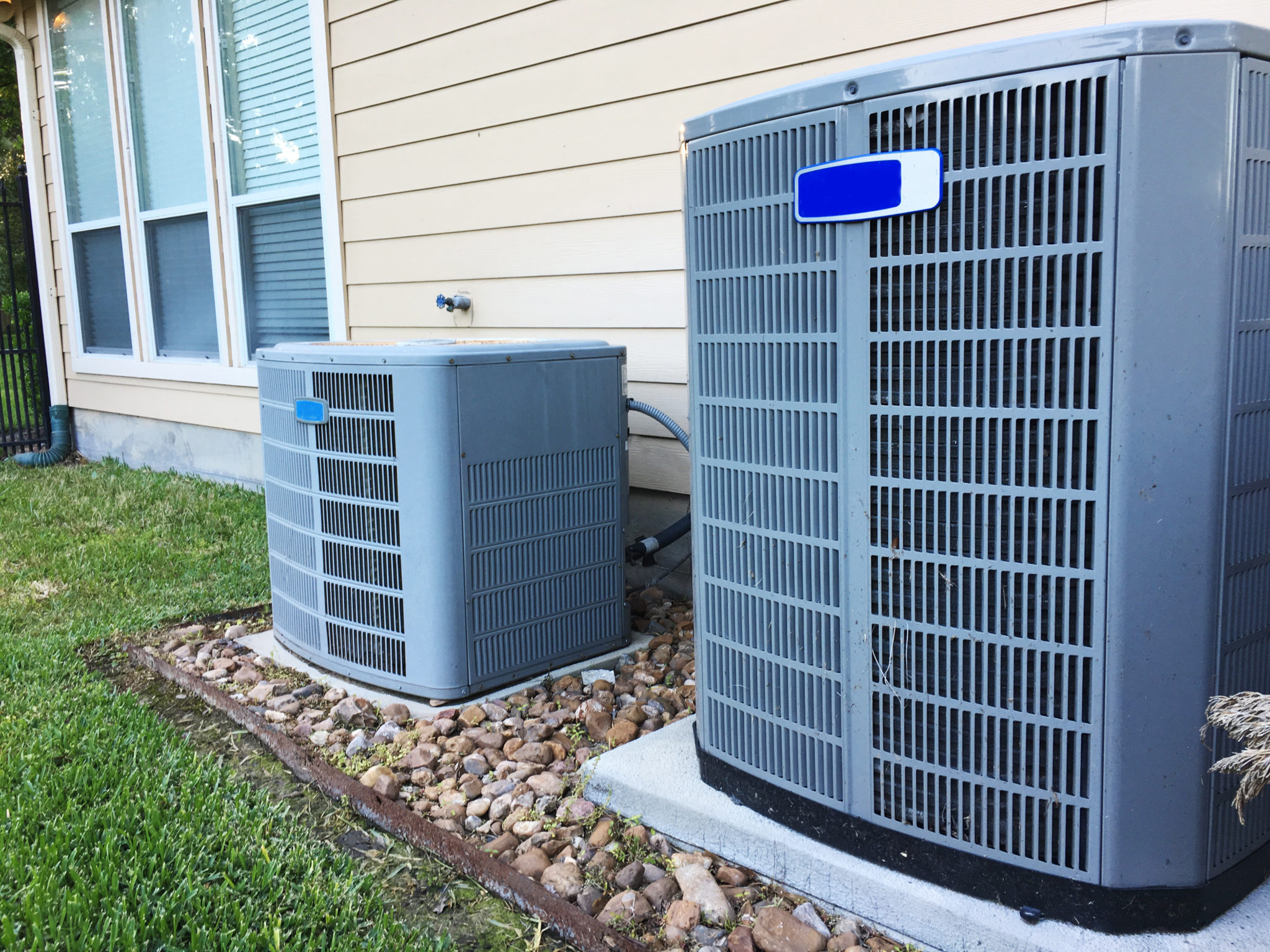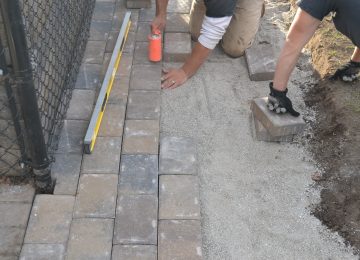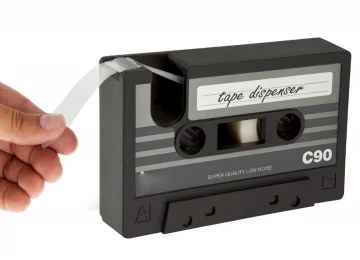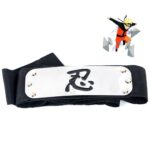Heat pumps use the same basic principles as air conditioners, only they are more efficient. The heat pump is a device that can be used to move heat around from one place to another. This is accomplished by using refrigerants (freon) to absorb and release heat in the form of water or ice. As you might guess, this process occurs in reverse during the summer months.
There are two types of heat pumps: split system and package. Split systems are what most people think of when they hear about heat pumps. They consist of two separate units – an indoor unit and an outdoor unit. The indoor unit absorbs heat from inside your home and transfers it into your living space while the outdoor unit transfers the heat outside through vents or ducts. These are usually referred to as “reverse cycle” units because they operate in just the opposite manner than a regular air conditioner.
Package heat pumps are very similar to split systems, but instead of having two separate units they are combined into one unit. The indoor unit is placed inside your home near where you want to feel the coldest and will transfer the heat you want to keep warm inside your home. The outdoor unit is usually placed outside near your home’s wall or foundation to transfer the heat you want to keep cool outside. Package heat pumps are typically smaller than split systems, which means they are also less expensive.
A person can plan to go through the soojuspumba hind from the online and offline store. The platform that provides the products at reasonable arte must be the choice of people. A person can plan for the best option. They can check that the one that provide quality of the services t a reasonable rate must be the choice of people.
Both systems have different advantages and disadvantages, which we will discuss below.

Benefits of Heat Pumps
Many experts agree that heat pumps are a better choice for homeowners who live in cold climates because they are extremely energy-efficient compared to traditional heating methods. Many homes built after 1980s have no insulation whatsoever. When these buildings were first constructed, the building codes required them to have some sort of thermal envelope on the exterior. That would include insulation, walls, and roofing materials. However, since then, these requirements have been relaxed considerably and many builders have ignored them altogether. This results in poor insulation and higher energy bills.
A heat pump uses electricity much differently than a central heating system does. Instead of running your furnace all day long, a heat pump has a variable speed motor that cycles on and off several times per hour. If you have a heat pump installed, you will not need a furnace at all. Rather, you will have a heater that runs only when needed. This is called the “split mode”. In the winter, this heater runs continuously in order to maintain the temperature inside your home. In the summer, it turns itself off, allowing the heat pump to transfer heat to make up for the difference.
During the winter months, you will save money by eliminating the cost of fuel for your furnace. This alone can reduce your annual utility bill by $150! You will also eliminate the cost of your gas hookup, plus any additional fees that may apply to homeowners’ associations. Finally, there is the environmental benefit of reducing carbon emissions. According to EPA statistics, conventional furnaces create three pounds of carbon dioxide for every BTU of heat produced. With a heat pump, however, you can lower those numbers significantly.
Advantages vs Disadvantages of Heat Pumps
While heat pumps are far superior to conventional heating systems, they do have their drawbacks. First, the efficiency of heat pumps varies widely based on the type of installation. For example, if you have a new, high-efficiency model with R-410A refrigerant, it could potentially cut your monthly heating costs in half. On the other hand, if you have a standard, less efficient heat pump that was installed 20 years ago, it probably won’t perform nearly as well. This is why it’s important to get a professional installer involved.
Another disadvantage of heat pumps is that unlike central heating systems, they do not provide hot water. To remedy this situation, many manufacturers offer water heaters that are designed specifically for heat pumps. The water heaters work in conjunction with the heat pump to help regulate the temperature of the water that flows throughout your home.
Finally, heat pumps cannot be operated without electricity. A typical heat pump requires 6-8 amps of current to run properly. If the power goes out, so does your heat pump. Fortunately, though, most heat pumps have backup batteries that kick in automatically. Once the batteries charge fully, the heat pump continues to function normally. Unfortunately, the backup batteries don’t last forever, so it is best to have extra batteries on hand.

How Heat Pumps Work
Heat pumps work by using a compressor and condenser to transfer heat. The compressor compresses refrigerant vapor that is pumped through the condenser coil. As the refrigerant passes through the coil, it becomes liquid. Because the liquid is denser than the vapor, it sinks down into the tubes and returns back to the compressor. This causes the coils to become colder, which is the opposite effect of how refrigerators work.
In the summer, the heat pump acts as a refrigerator. It takes heat out of the house and transfers it into the outdoors. During the winter, the heat pump reverses its operation. It pulls heat out of the outdoors and transfers it into the house. Both processes occur in reverse during the warmer months.
Because the refrigerant moves in opposite directions in the two seasons, a common question is whether the heat pump is actually working when it is running in the summer. The answer is yes. All the refrigerant needs to do is to change direction. It does not need to physically transport any heat at all. Even though the refrigerant is moving in the opposite direction, it is still working to remove heat from one area and transfer it to another.
It is also important to note that heat pumps do not use electricity to generate the heat. The electricity comes from the grid, not the unit itself. Therefore, you will not need a special meter to measure your electric usage, nor will you see any “energy savings” listed on your monthly statement.











